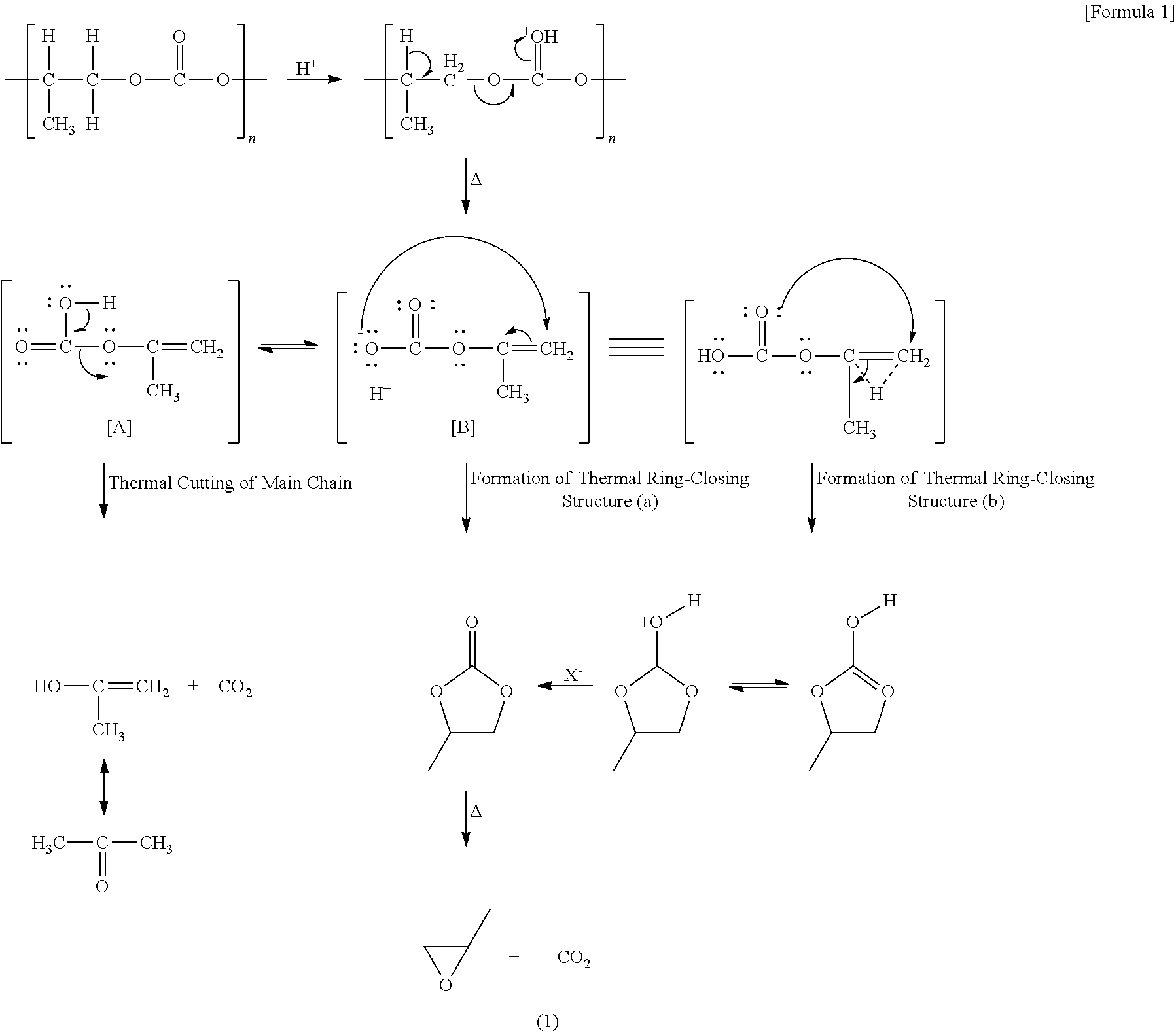Temporary bonding adhesive for a semiconductor wafer and method for manufacturing a semiconductor device using the same
a technology of semiconductor wafers and adhesives, which is applied in the direction of solid-state devices, polyamide coatings, coatings, etc., can solve the problems of increased adhesion of bg tapes, increased thickness of ground wafers, and increased thickness of required thicknesses. , to achieve the effect of reducing the damage of semiconductor wafers, high precision processing, and easy detachment of semiconductor wafers after processing
- Summary
- Abstract
- Description
- Claims
- Application Information
AI Technical Summary
Benefits of technology
Problems solved by technology
Method used
Image
Examples
examples
[0115]Herebelow, a detailed description of the temporary bonding adhesive for a semiconductor wafer, and a manufacturing method for a semiconductor device of the present invention, shall be explained using embodied examples, but the present invention is not limited to the embodied examples described below.
Production of Temporary Bonding Adhesive
embodiment 1
[0116]In Embodiment 1, a temporary bonding adhesive was produced using the following compound.
Synthesis of 1,4-polybutylane carbonate
[0117]In a three neck flask provided with an agitator, a raw material loading opening, and a nitrogen gas introduction opening, 1,4-butanediol (168 g, 1.864 mol) and diethyl carbonate (264.2 g, 2.236 mol) were added, heated to 90 to 100 degrees Celsius under a nitrogen atmosphere, and the mixture was dissolved. Next, after adding a 20% sodium ethoxide ethanol solution (80 ml, 0.186 mol), this was agitated for one hour at 90 to 100 degrees Celsius under a nitrogen atmosphere. After this, the interior of the reaction container was depressurized by around 30 kPa, and left at 90 to 100 degrees Celsius for 1 hour, and 120 degrees Celsius for 1 hour. After this, in a vacuum of 0.1 kPa, agitation was done for 1 hour at 150 degrees Celsius, and for 2 hours at 180 degrees Celsius.
[0118]The reactants obtained above were dissolved in tetrahydrofuran (2 L), filter...
embodiment 2
[0120]For Embodiment 2, a temporary bonding adhesive was produced using the following compound.
[0121]In a three neck flask provided with an agitator, a raw material loading opening, and a nitrogen gas introduction opening, neopentyl glycol (194.2 g, 1.864 mol) and diethyl carbonate (308.2 g, 2.610 mol) were added, heated to 120 degrees Celsius under a nitrogen atmosphere, and the mixture was dissolved.
[0122]Next, after adding a 20% sodium ethoxide ethanol solution (80 ml, 0.186 mol), this was agitated for 2 hours at 120 degrees Celsius under a nitrogen atmosphere. After this, the interior of the reaction container was depressurized by around 30 kPa, and agitated at 120 degrees Celsius for 1 hour. After this, in a vacuum of 0.1 kPa, agitation was done for 3 hours at 120 degrees Celsius.
[0123]The reactants obtained above were dissolved in tetrahydrofuran (2 L), filtering was done, and the catalysis residue was removed. After this, this filtered liquid was put into a distilled water:me...
PUM
| Property | Measurement | Unit |
|---|---|---|
| weight loss temperature | aaaaa | aaaaa |
| thicknesses | aaaaa | aaaaa |
| thicknesses | aaaaa | aaaaa |
Abstract
Description
Claims
Application Information
 Login to View More
Login to View More - R&D
- Intellectual Property
- Life Sciences
- Materials
- Tech Scout
- Unparalleled Data Quality
- Higher Quality Content
- 60% Fewer Hallucinations
Browse by: Latest US Patents, China's latest patents, Technical Efficacy Thesaurus, Application Domain, Technology Topic, Popular Technical Reports.
© 2025 PatSnap. All rights reserved.Legal|Privacy policy|Modern Slavery Act Transparency Statement|Sitemap|About US| Contact US: help@patsnap.com

